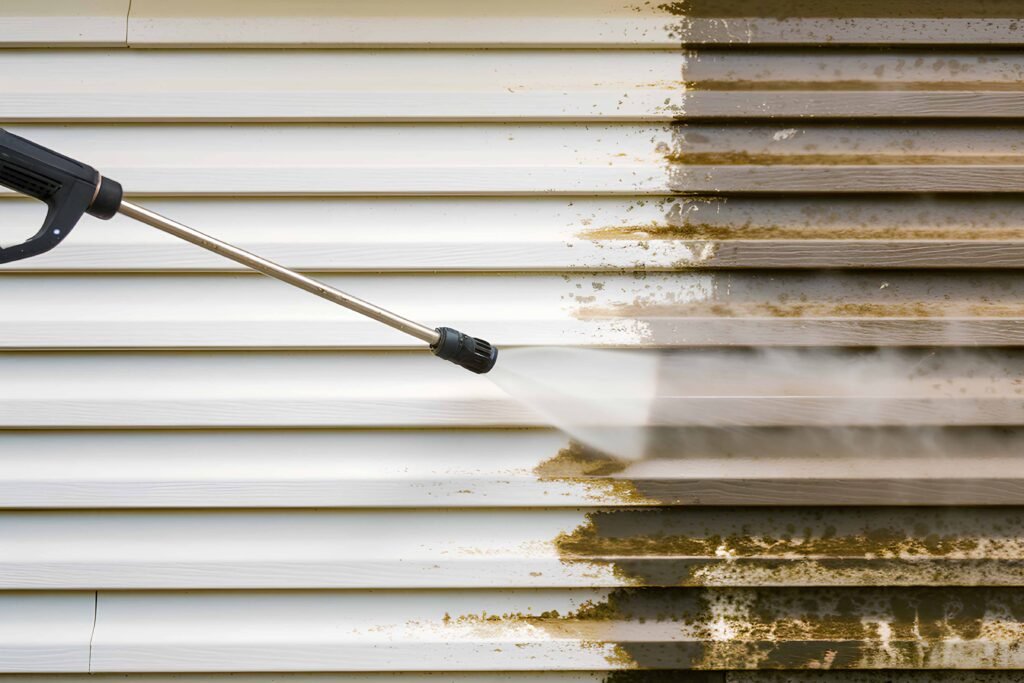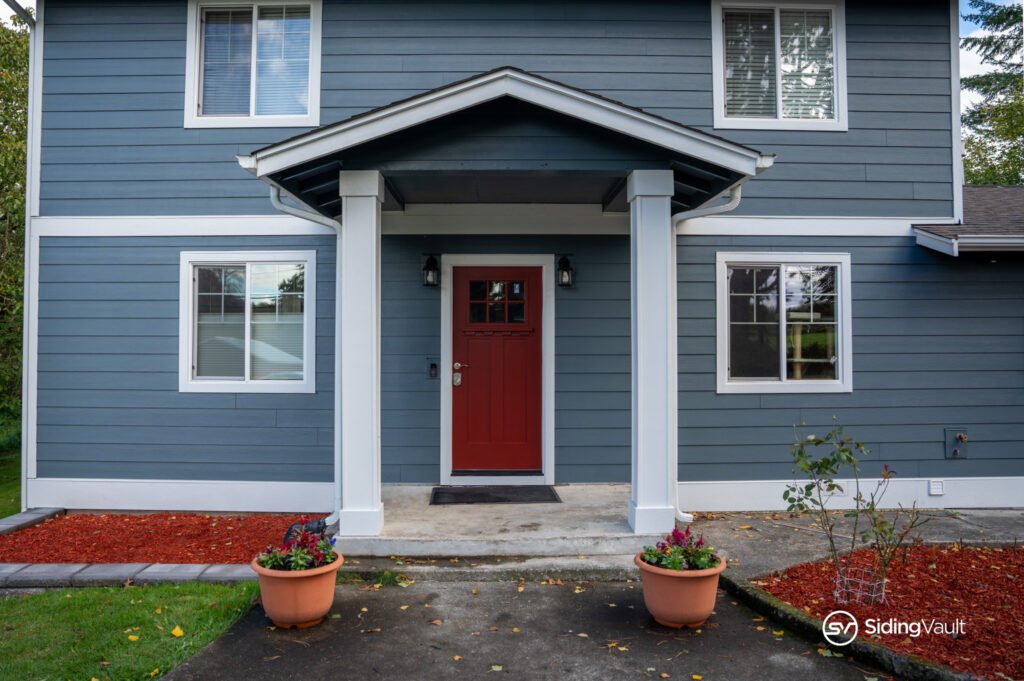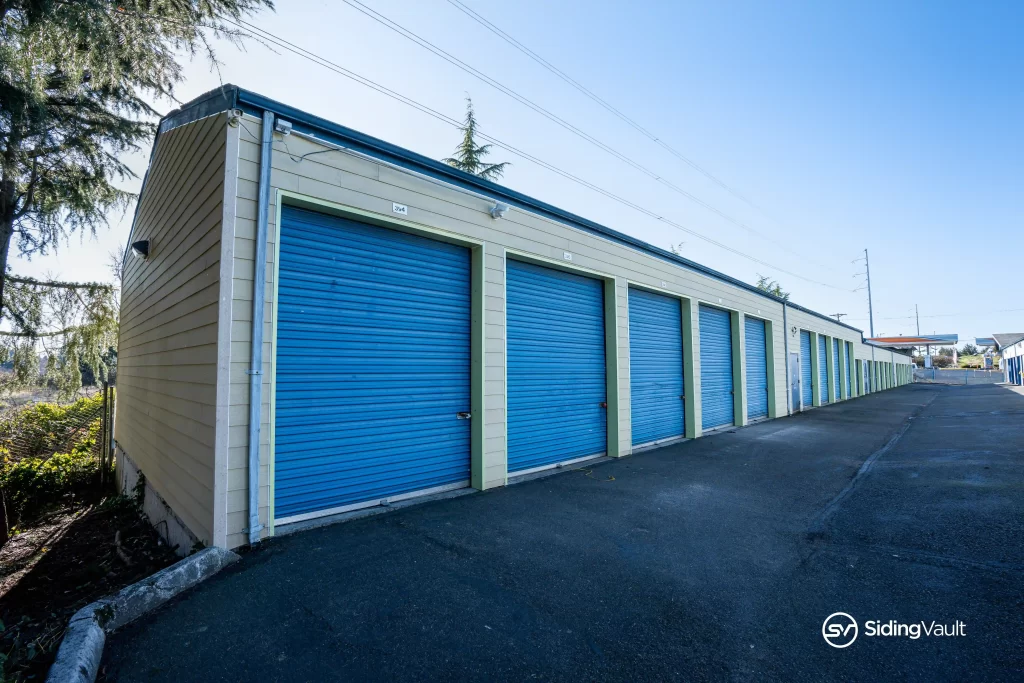FastPlank by Engage Building Products has emerged as a distinguished contender in the metal siding domain, captivating the market with its innovative design, ease of installation, and aesthetic versatility. As the construction industry evolves, metal siding has gained traction for its durability and modern appeal, with FastPlank systems standing out among the popular choices. This brand’s unique selling proposition lies in its commitment to providing high-quality, low-maintenance, and environmentally friendly siding solutions that cater to contemporary architectural demands.
In the Pacific Northwest, the preference for fiber cement siding is largely due to its moisture resistance and durability in the face of the region’s rainy climate. Fiber cement’s ability to withstand damp conditions without succumbing to rot, mold, or warping makes it a go-to choice for many homeowners. However, there are scenarios where metal siding, particularly FastPlank systems, is highly sought after. The allure of metal siding in these instances can be attributed to its superior longevity, fire resistance, and the sleek, modern aesthetic it brings to buildings. It’s particularly favored in commercial projects and modern residential constructions where design and durability are paramount.
When juxtaposed with the prevalent fiber cement products, metal siding, and specifically FastPlank systems, offer a distinct set of advantages and challenges. One of the most notable benefits is the longevity and minimal maintenance of metal siding. It resists common issues like pest infestation and rot, which can affect fiber cement over time. Metal siding also provides enhanced fire resistance, an important consideration in areas prone to wildfires. On the aesthetic front, FastPlank systems offer a variety of styles and finishes, allowing for significant design flexibility. From sleek, contemporary panels to more traditional profiles, FastPlank can cater to a wide range of architectural tastes, complementing various building types.
However, metal siding is not without its drawbacks. The initial cost can be higher than fiber cement siding, making it a significant upfront investment. Additionally, metal siding can be prone to denting and may conduct heat, potentially impacting energy efficiency if not properly insulated. Despite these considerations, FastPlank systems address many common concerns with features designed to enhance performance and ease of use. For example, FastPlank’s innovative installation system simplifies the process, reducing labor costs and time.
FastPlank’s popularity within the metal siding segment is also buoyed by its commitment to sustainability. The product is made from recyclable materials, reducing its environmental footprint and appealing to eco-conscious consumers. This aspect, combined with the system’s durability and low maintenance, positions FastPlank as a forward-thinking choice for siding.
In terms of styles, metal siding offers a broad palette of options, and FastPlank is no exception. The product range includes various colors, finishes, and profiles, enabling architects and builders to achieve the desired look, whether it’s a modern, industrial vibe or a more subtle, classic appearance. The adaptability of FastPlank systems means they can be integrated into diverse architectural designs, from residential homes to commercial buildings, enhancing both aesthetics and functionality.
In summary, FastPlank by Engage Building Products stands as a compelling alternative in the siding market, especially appealing for those seeking a modern, durable, and low-maintenance option. While fiber cement siding continues to dominate in regions like the PNW due to its moisture resistance, metal siding, and particularly FastPlank systems, carve out their niche for their unmatched durability, fire resistance, and aesthetic versatility. The choice between metal siding and fiber cement ultimately hinges on specific project requirements, budget considerations, and aesthetic preferences. FastPlank systems, with their innovative features and design flexibility, offer a viable and attractive option for those looking to combine functionality with modern architectural trends.


























